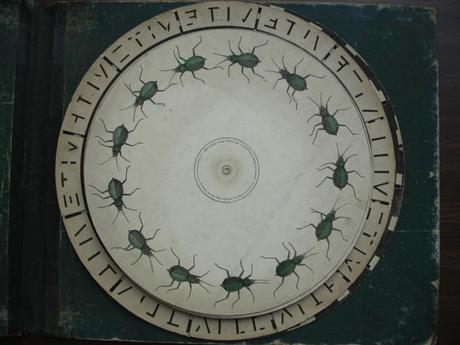
Judging from the statuary posture of Alex Ferguson at the end of the game, stony like the guest of the final banquet in Mozart’s Don Giovanni, Marcelo Bielsa has done his masterpiece as a club coach, by beating United and bringing back to Spain a slender margin for a continuation of the Europa League which would be, at this point, little short of sensational. There are two ways to account for this feat. One is to admit that the players of Bilbao managed to actually and effectively man-mark the Reds of Manchester throughout the whole field, like some green lizards or bugs running at terminal velocity in a laboratory track; the other is to realize that Athletic’s shape for the game, once you deduced its rotational axis as in a diagram spread out in the Faculty of Engineering, offers a perfect rendition of the old pyramidal system of 2—3—2—3 formations. (Never count out the 1920s—they are some kind of patron saint, the ultimate footballing icon.) The first explanation makes of Bielsa a fifty-year-old boy who grew up with a poster of Santana in his bedroom, shuddering at the chopper blades of each Jimi Hendrix solo with scalpel-sharp shivers. But it is up to the second observation to provide some need for reassurance: that his work with Chile—a thing of anarchy and sprawling masses—wasn’t just an accident of time, unmappable because unplanned.
Bielsa doesn’t give in to the temptations of total football or to other contemporary forms of soccer consumerism. His idea of the beautiful game is primarily the pathway to a rich sensory experience—and only then a temple of consumption for tactical bloggers. Like Charles Baudelaire in Paris, Bielsa’s goal is to observe, to bathe in the crowd, taking in its noises, its chaos, its heterogeneity, its cosmopolitanism. He keeps us so entertained because he brings us back to the time when eBay was weirder than most flea markets, when playing well on the park was more pleasurable than winning any competition. Even the names of the players he brings in (Susaeta, Iraola, or Aurtenetxe) make our eyes full of sympathy, like blowing out smoke while surveying a cemetery at night. Did he wonder about United, about how many players Ferguson had shepherded around, how it fits all together? Or did he just take care of himself? In big games, United always tries to enact a kind of 4—4—1—1 formation, a calm system of chains and networks negotiating the steps and swivels of some complex dance, which often ends up being funneled through the center. As for Bilbao, the pivotal points are to be found in the two people who play at the apex of the double W, Llorente and Iturraspe. The former is a big, strong number nine, whose actions are so refreshing as trumpet-like tubes that nestle in the grass; the latter rotates like a gymnast swinging round the handles of a pommel horse. Let your fingers dig into the bone, for the moon over Bilbao is two thirds full. ♦

